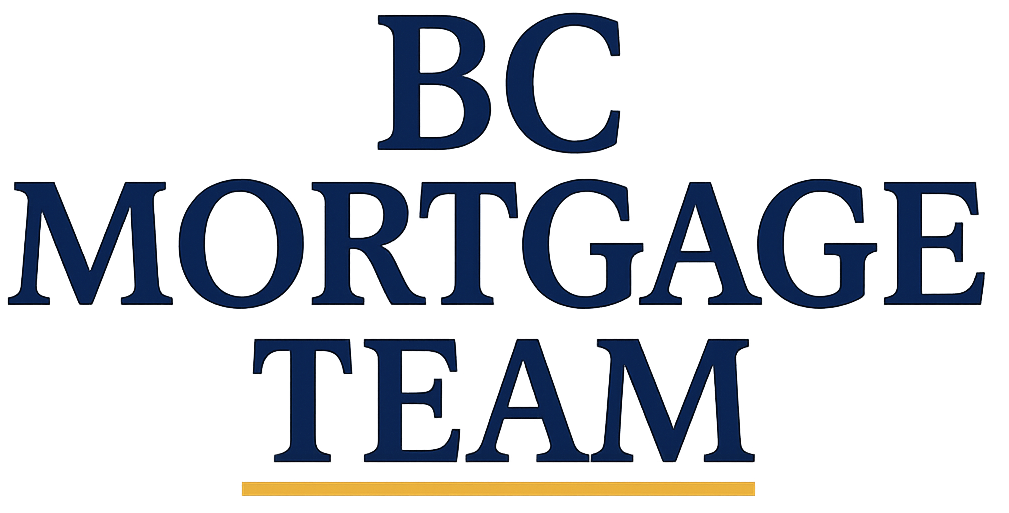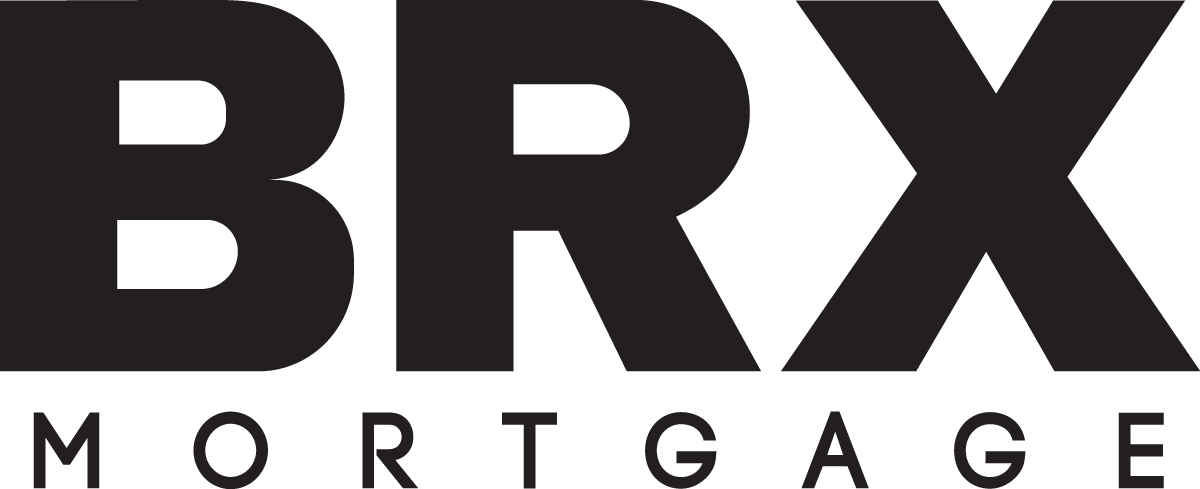Understanding Bond Yields and Mortgage Rates
Learn how Government of Canada bond yields influence mortgage rates and what this means for your home financing decisions.
Government of Canada bonds are debt securities issued by the federal government to finance its operations. When you buy a government bond, you're essentially lending money to the government in exchange for regular interest payments and the return of your principal when the bond matures.
The yield is the annual return you receive on your investment, expressed as a percentage. Bond yields move inversely to bond prices - when bond prices go up, yields go down, and vice versa.
Key Bond Terms:
- 2-Year Bond: Short-term government debt, influences variable mortgage rates
- 5-Year Bond: Medium-term debt, closely tied to 5-year fixed mortgage rates
- 10-Year Bond: Long-term debt, affects longer mortgage terms
Mortgage lenders use Government of Canada bond yields as a benchmark when setting their rates. Here's why this relationship exists:
When Bond Yields Fall:
- • Fixed mortgage rates typically decrease
- • Borrowing becomes more affordable
- • Housing market activity often increases
- • Refinancing becomes more attractive
When Bond Yields Rise:
- • Fixed mortgage rates typically increase
- • Borrowing becomes more expensive
- • Housing market may cool down
- • Rate holds become more valuable
The 5-year Government of Canada bond yield is particularly important because it's the primary benchmark for 5-year fixed mortgage rates - the most popular mortgage term in Canada.
Several economic factors can cause bond yields to fluctuate:
Economic Factors:
- Inflation: Higher inflation expectations push yields up
- Economic Growth: Strong growth can increase yields
- Employment: Low unemployment can drive yields higher
Policy & Market Factors:
- Bank of Canada Policy: Rate decisions influence yields
- Global Events: International crises affect demand
- Supply & Demand: Bond auction results impact yields
Understanding the bond yield-mortgage rate relationship can help you make better timing decisions:
For Home Buyers:
Monitor bond yield trends when shopping for a mortgage. Rising yields may signal higher rates ahead, making rate holds more valuable. Falling yields might indicate better rates are coming.
For Renewal Clients:
If your renewal is approaching and bond yields are rising, consider locking in your rate early. If yields are falling, you might benefit from waiting closer to your renewal date.
For Refinancing:
Falling bond yields create refinancing opportunities. Rising yields might make you want to accelerate your refinancing timeline if you're considering it.
Stay Informed About Rate Changes
Get personalized rate alerts and expert guidance on timing your mortgage decisions based on market conditions.

